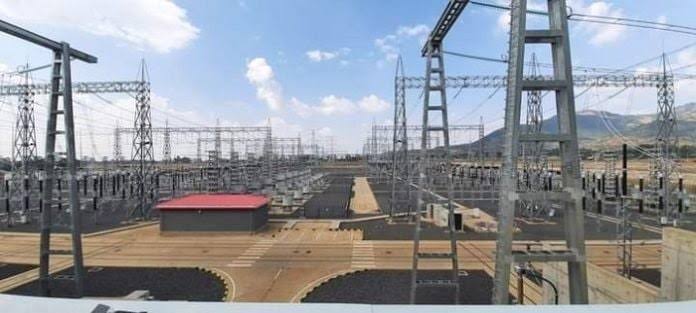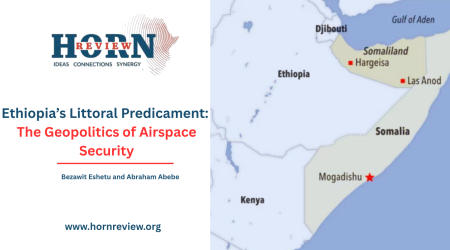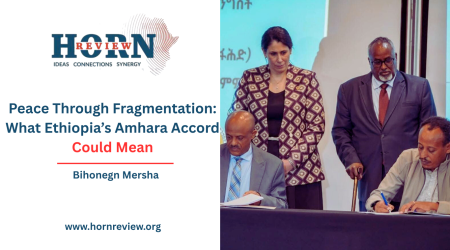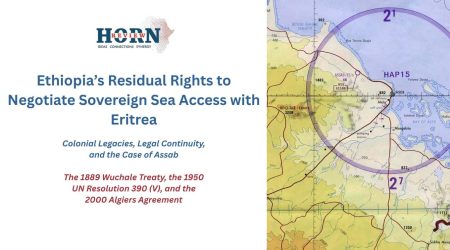
18
Feb
Towards Energy-Led Integration in East Africa: Ethiopia’s Pivotal Role
East Africa’s vast resources and strategic geography have long been underutilized, hindering the region’s potential for meaningful integration. However, a shift is occurring, driven largely by Ethiopia’s ambitious energy initiatives, positioning it as a key player in regional development and cooperation.
Ethiopia, with its ideal conditions for hydroelectric power generation, alongside its potential for wind and solar energy, is rapidly expanding its energy capacity. The country’s leadership in producing large-scale electricity has already seen neighboring states like Kenya, Djibouti, and Sudan relying on Ethiopian power. The recent deal with Tanzania, importing electricity via Kenya’s infrastructure, exemplifies the growing trend of energy-led regional integration.
The energy sector is not the only source of potential. South Sudan’s vast oil reserves, the expansive coastlines of Kenya, Somalia, and Djibouti, and the fertile arable land of many East African nations present opportunities for cooperation. Agriculture, trade, and oil reserves can all complement Ethiopia’s energy dominance in driving regional development.
Ethiopia’s energy projects, such as the Grand Ethiopian Renaissance Dam (GERD) and the Koisha hydro power plant, illustrate its capacity to become a major energy exporter. However, the nation still has significant potential, aiming for 60,000 megawatts of energy production. With continued investment and infrastructure development, Ethiopia is positioned to not only meet its own energy needs but also fuel regional integration.
However, the path forward is not without challenges. The disparity between the region’s energy potential and its current reality is starkly visible from space. Many areas still lack reliable access to electricity, impacting education, health, and economic development. Additionally, disputes over trans-boundary water resources like the Nile continue to complicate efforts for regional collaboration. These challenges must be addressed for East Africa to realize its full potential as an energy-rich region.
The region’s reliance on cash crops must also be diversified to create a more sustainable and interconnected economy. With Ethiopia leading the charge in energy production, there is hope that East Africa can overcome its historical challenges and achieve greater economic integration, regional stability, and shared prosperity.
Ethiopia’s role in energy production is undeniable, and as it continues to leverage its natural resources, it stands as the driving force behind a more interconnected and prosperous East Africa.
By Yabsira Yeshiwas, Horn Review, Researcher










